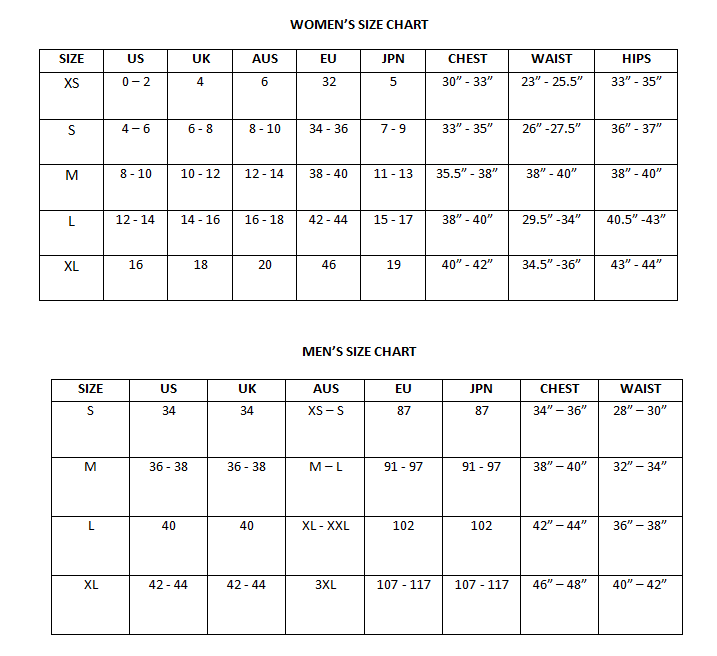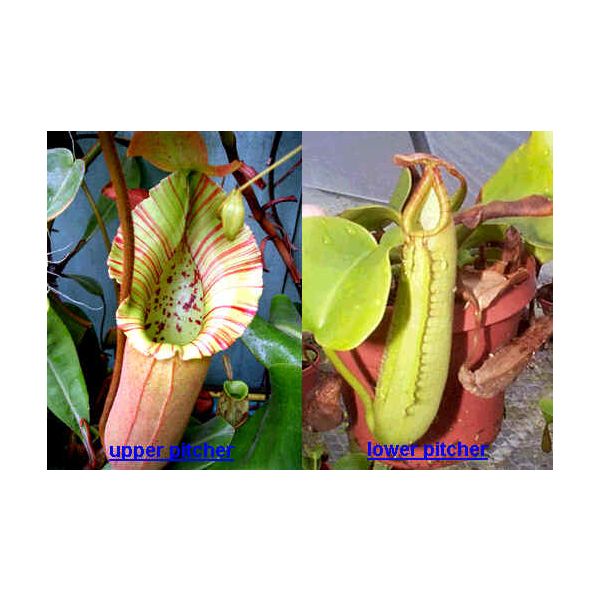Nepenthes Truncata Seeds (Lowland Nepenthes Seeds)
Nepenthes Truncata Seeds (Lowland Nepenthes Seeds)
1 foot diameter plants can be reached in a few years.

Delivery
All orders shipped with UPS Express.
Always free shipping for orders over US $250.
All orders are shipped with a UPS tracking number.
Returns
Items returned within 14 days of their original shipment date in same as new condition will be eligible for a full refund or store credit.
Refunds will be charged back to the original form of payment used for purchase.
Customer is responsible for shipping charges when making returns and shipping/handling fees of original purchase is non-refundable.
All sale items are final purchases.
Help
Give us a shout if you have any other questions and/or concerns.
Email: contact@domain.com
Phone: +1 (23) 456 789
Availability: Out of stock
SKU
Nepenthes Truncata
Nepenthes truncata is a lowland plant being found in the Philippines at an altitude of 230-600 meters. This species receives its name from the large truncate or heart-shaped leathery leaves. Truncata plants grown from seeds mature relatively quickly, and 1 foot diameter plants can be realized in a few years. That plant grows well as a hanging basket plant inside the home, in a hot greenhouse or in a terrarium in your home.
One of the biggest Nepenthes species in the world. Truncata will eventually produce monster pitchers on leaves that are short, thick and heart-shaped. The pitchers, with their colorful wavy peristome, can be some of the largest in the entire genus, reaching lengths of over 40 cm. Stems are generally non-climbing and compact.
The traps start out at first as a small swelling, but quickly expand to their full size over the course of several weeks. The lid opens to reveal digestive fluids in the bottom of the trap. Prey is attracted by the gaudy colours and nectar produced by the trap, under the lid, which does not close and around the rim. The pitchers of Nepenthes species have a smooth lining. Insects and other small animals that are attracted to the pitchers cannot maintain a grip on this slippery surface and fall into the pitcher. Once they move their way inside, they lose their footing and slip into the nectar. The nectar is also quite intoxicating. The lower section inside the trap is covered in digestive glands and these quickly dissolve the soft parts of the prey, leaving the remains to drop down to the bottom into the soup.
The plant has two main types of traps, lower and upper. The lower pitchers form tubes with a small pitcher opening, small cap for a lid, and less developed peristome. The plant will produce intermediate pitchers which have characteristics of lowers and uppers. Finally the upper pitchers are produced, which have a triangular lid, wide flaring persistome, producing long tubby pitchers that can be enormous. Nepenthes are dioecious, male and female flowers exist on different plants. If you have several plants, and a few are blooming, then you may be able to pollinate them.
Hardiness zone 10, (1øC/35øF) in Winter. Full sun is recommended for Nepenthes. Light will color the traps of a distinctive red mottling color on the tops of the pitchers. Growing Lowlands usually requires a hot house or a heated terrarium. It seems fine at 80øF. This plant is a lowland, but can tolerate very cold temperatures as well. Keeping it warm at all times is advisable, although it can tolerate temperatures as low as 35øF, non-frost, at night for weeks at a time.
Species of Nepenthes grow on soils that are poor in nutrients or on other plants where nutrients are not readily available. Plants, such as some Nepenthes, that grow on other plants, but do not take nutrients from the supporting plants, are referred to as epiphytes. In order to grow in places that are poor in nutrients, Nepenthes have adapted a carnivorous lifestyle, which supplements their intake of nitrogen and other nutrients. The soil needs to be light and airy. All the plants grew in a very wet acidic sandy soil. Use pure peat moss. You can also use a mix of equal parts of peat moss, perlite, vermiculite and long-fibred sphagnum moss.
The plants should be watered regularly but should not be left standing in water at any time. Try too keep them warm and humid but not stagnant and wet. Use rain water or distillated water, hard city water will kill your carnivorous plant. Lowlands and Highlands Nepenthes like high humidity, but more for Lowlands, and watering should be done when the soil starts to look dry on the top. Due to its very thick leaves and pitchers, this plant can tolerate lower humdity levels than most lowland Nepenthes. Keeping it above 75% is usually the best way to grow it.
| Common name | Pitcher Plant |
|---|---|
| Species | Nepenthes truncata |
| Germination | Nepenthes seeds should be started on chopped live sphagnum moss in very damp but not wet conditions. It is best to spray the sown seeds with a fungicide. Cover the top of the pot with clear plastic so the humidity will remain high, place them in an area with real nice strong light and keep the temperature around 32øC/90øF. When you see some tiny plants starting to sprout, slowly open the top of the pot, a little each day, so that the new seedlings don't go into shock from the humidity being lowered too quickly. Germination usually occurs in a few months, but it can take longer, sometimes nothing can happen for a year, don't give up. Make sure that it gets good air circulation. |
| Price View | Price Range |

